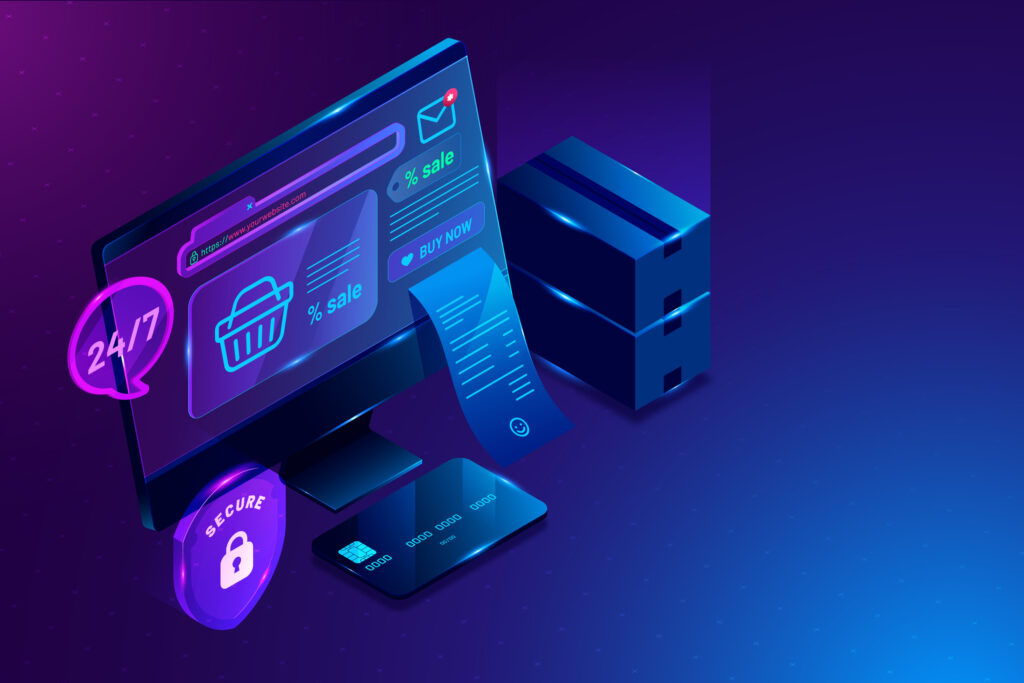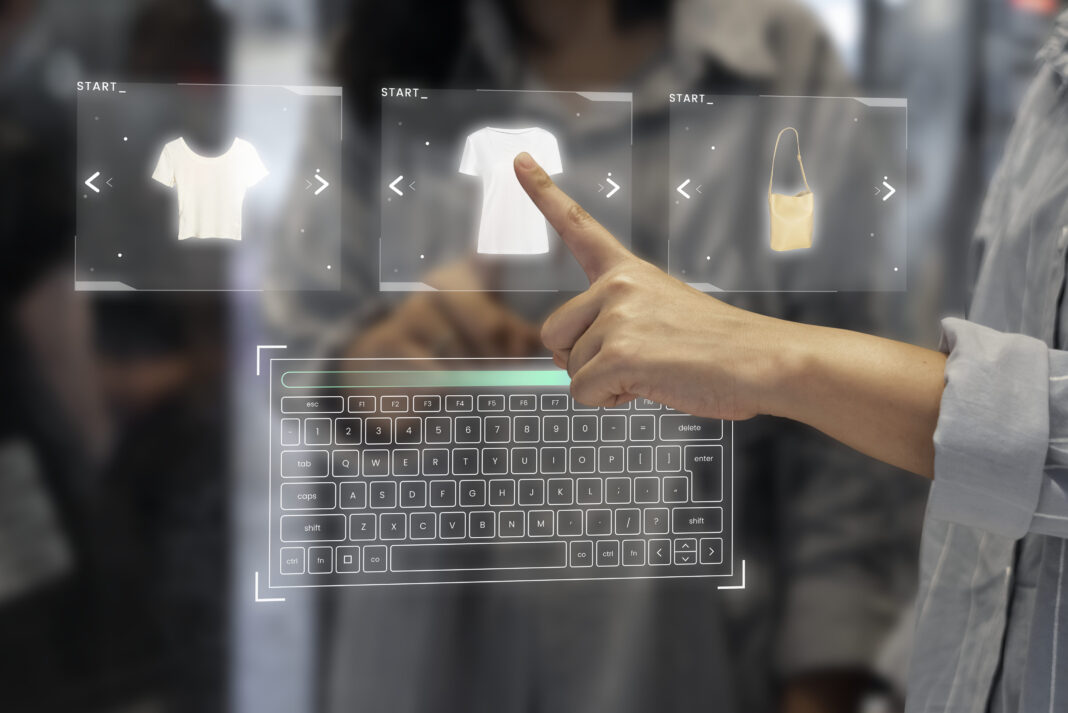The 2013 Target data breach was a watershed moment in the history of retail cybersecurity. It exposed vulnerabilities in the payment systems of one of the largest retailers in the United States, compromising the personal and financial information of over 40 million customers. This incident not only shook consumer confidence but also forced the retail industry to reevaluate its approach to cybersecurity. In this article, we will explore how Target’s data breach reshaped retail cybersecurity, the lessons learned, and the measures businesses have since adopted to prevent similar incidents.

The Target Data Breach: What Happened?
In late 2013, cybercriminals infiltrated Target’s payment systems, stealing credit and debit card information from millions of customers. The breach occurred during the busy holiday shopping season, a time when retailers process a high volume of transactions. Hackers gained access to Target’s network through a third-party HVAC vendor, exploiting weak security protocols. Once inside, they installed malware on Target’s point-of-sale (POS) systems, allowing them to capture card data in real time.
The breach lasted for nearly three weeks before it was detected, highlighting significant gaps in Target’s cybersecurity infrastructure. The stolen data was later sold on the black market, leading to widespread fraud and financial losses for affected customers.
The Immediate Fallout: Financial and Reputational Damage
The Target data breach had severe financial and reputational consequences. The company reported a 46% drop in profits in the fourth quarter of 2013, directly attributed to the breach. Target also faced numerous lawsuits from customers, banks, and credit card companies, resulting in settlements totaling over $200 million.
Beyond the financial impact, the breach eroded consumer trust. Many customers vowed to avoid shopping at Target, fearing their personal information could be compromised again. The incident also damaged Target’s reputation as a reliable and secure retailer, forcing the company to invest heavily in rebuilding its brand image.
How the Breach Exposed Weaknesses in Retail Cybersecurity
The Target breach revealed several critical weaknesses in the retail industry’s cybersecurity practices:
1. Third-Party Vulnerabilities
The hackers gained access to Target’s network through a third-party vendor, highlighting the risks associated with third-party partnerships. Many retailers rely on external vendors for services like HVAC, IT support, and payment processing, but often fail to ensure these vendors adhere to robust cybersecurity standards.
2. Inadequate Network Segmentation
Target’s network lacked proper segmentation, allowing the hackers to move freely between systems once they gained access. This lack of compartmentalization made it easier for the attackers to install malware on the POS systems and exfiltrate data.
3. Delayed Detection and Response
The breach went undetected for nearly three weeks, underscoring the need for real-time monitoring and rapid incident response capabilities. Many retailers at the time relied on outdated security tools that were ill-equipped to detect sophisticated attacks.
The Ripple Effect: How the Breach Changed Retail Cybersecurity
The Target breach served as a wake-up call for the retail industry, prompting widespread changes in cybersecurity practices. Here are some of the key ways the industry has evolved:
1. Adoption of EMV Technology
One of the most significant changes following the breach was the widespread adoption of EMV (Europay, Mastercard, and Visa) chip technology. EMV cards generate a unique transaction code for each purchase, making it much harder for hackers to clone cards. By 2015, most major retailers in the U.S. had upgraded their payment systems to accept EMV cards.
2. Increased Focus on Third-Party Risk Management
Retailers began scrutinizing their third-party vendors more closely, requiring them to meet stringent cybersecurity standards. Many companies now conduct regular security audits of their vendors and enforce strict contractual obligations regarding data protection.
3. Enhanced Network Security
The breach highlighted the importance of network segmentation and robust access controls. Retailers have since invested in advanced firewalls, intrusion detection systems, and encryption technologies to protect their networks.
4. Improved Incident Response Plans
The delayed detection of the Target breach underscored the need for faster response times. Retailers now prioritize real-time monitoring and have developed comprehensive incident response plans to mitigate the impact of potential breaches.
Lessons Learned from the Target Data Breach
The Target breach taught the retail industry several valuable lessons:
1. Cybersecurity is a Continuous Process
The breach demonstrated that cybersecurity is not a one-time effort but an ongoing process. Retailers must continuously update their security measures to stay ahead of evolving threats.
2. Consumer Trust is Fragile
The breach showed how quickly consumer trust can be eroded. Retailers must prioritize data protection to maintain customer loyalty and confidence.
3. Collaboration is Key
The Target breach highlighted the importance of collaboration between retailers, financial institutions, and cybersecurity experts. Sharing threat intelligence and best practices can help the industry stay resilient against cyberattacks.
The Future of Retail Cybersecurity
While the retail industry has made significant strides in improving cybersecurity since the Target breach, the threat landscape continues to evolve. Cybercriminals are becoming more sophisticated, employing tactics like ransomware, phishing, and supply chain attacks. To stay ahead, retailers must adopt a proactive approach to cybersecurity, leveraging advanced technologies like artificial intelligence and machine learning to detect and respond to threats in real time.
FAQ
1. What was the Target data breach?
The Target data breach was a cyberattack in 2013 that compromised the credit and debit card information of over 40 million customers. Hackers gained access to Target’s network through a third-party vendor and installed malware on the company’s POS systems.
2. How did the breach impact Target?
The breach resulted in significant financial losses, including a 46% drop in profits and over $200 million in legal settlements. It also damaged Target’s reputation and eroded consumer trust.
3. What changes did the retail industry make after the breach?
The retail industry adopted EMV technology, improved third-party risk management, enhanced network security, and developed better incident response plans.
4. What lessons can retailers learn from the Target breach?
Retailers learned that cybersecurity is a continuous process, consumer trust is fragile, and collaboration is essential for staying resilient against cyber threats.
5. What is the future of retail cybersecurity?
The future of retail cybersecurity involves adopting advanced technologies like AI and machine learning to detect and respond to threats in real time, as well as staying vigilant against evolving cyber threats.
Conclusion
The Target data breach was a pivotal moment in the history of retail cybersecurity. It exposed critical vulnerabilities in the industry’s security practices and forced retailers to adopt more robust measures to protect customer data. While significant progress has been made, the threat landscape continues to evolve, requiring retailers to remain vigilant and proactive in their cybersecurity efforts. By learning from the lessons of the past, the retail industry can build a more secure future for both businesses and consumers.

